The Kawanishi N1K-J Shiden ('Violet Lightning') was an Imperial Japanese Navy Air Service(IJNAS) land-based version of the Kawanishi N1K 'Kyofu'('Strong Wind', Allied reporting name 'Rex') was an Imperial Japanese Navy floatplane fighter. Assigned the Allied codename 'George', the N1K-J was considered by both its pilots and opponents to be one of the finest land-based fighters flown by the Japanese during World War II. The N1K-J possessed a heavy armament and could absorb considerable battle damage. The N1K-J was evenly matched for most Allied aircraft in the final months of the Pacific War.
Develoment
The Kawanishi's N1K was originally built as a floatplane fighter to support forward offensive operations where no airstrips were available, but by 1943 when the aircraft entered service, Japan was firmly on the defensive, and there was no more need for a fighter to fulfill this role. Kawanishi proceeded with building the N1K but designing a land based version wasn't considered until December 1941. The Kawanishi management agreed to fund development, and work on the N1K1-J began as a private venture. This version flew on 27 December 1942, powered by a Nakajima NK9A Homare 11 radial engine, replacing the less powerful Mitsubishi MK4C Kasei 13 of the N1K. The aircraft retained the mid-mounted wing of the floatplane, and combined with the large propeller necessitated a long, stalky main landing gear. The landing gear was 'telescopic', combined with the poor quality of Japanese steel at the time, led to a number of breakages of the landing gear, causing a number of headaches for ground crew. One of the new features fully developed by the Japanese engineers was the aircraft's automatic combat flaps that adjusted automatically based on acceleration, freeing up the pilot from having to do this and reducing the chance of stalling in combat. Whereas flap extension was manually controlled on the Kyofu seaplane, the flaps on the landplane version had the ability automatically to change their angle in response to changes in g-forces during maneuvers. This automatic operation freed up the pilot from having to worry about his flaps during combat, and eliminated the possibility of a stall at an inopportune time. Work on the new Model 11 now moved ahead quickly as well as being powered by the 1,990hp Hakajima NK9H Homare 21 engine in an improved cowling.
Back to Top
The prototype had been armed with two 7.7mm machine guns in the fuselage and two 20mm cannon in gondolas under the wings. Two extra 20mm machine guns were now added, mounted outside the gondolas. The aircraft entered full production during 1944, and in the same year was rushed into combat. Only four days after the Shiden's first test flight, a complete redesign was begun, the N1K2-J. The new design addressed the N1K1-J's major defects, primarily the mid-mounted wing and long landing gear. The wings were moved to a low position, which permitted the use of shorter, conventional undercarriage, the fuselage was lengthened, the tail redesigned, and the whole aircraft was made much simpler to produce, with over a third of the parts of the Shiden retained. The underwing gun gondolas were removed as well as the machine guns, mounting 2x20mm cannons with 200 rpg mounted in each wing. While the Homare engine was retained, its reliability problems had not been fully corrected and combined with poor quality fuel, it remained a major problem with many planes being grounded or returning early from intercepting Allied aircraft. After Navy trials in April 1944 were assessed, the N1K2-J was rushed into production. The variant was named the "Shiden-Kai" with 'Kai' meaning 'Modified'. Before production was switched to the improved N1K2-J, 1,007 aircraft were produced, including prototypes.
Back to Top
In Service
The N1K1-J's combat debut came over the Philippines. The 201st Kokutai was moved to Cebu during the period before the American invasion of the Philippines, and soon entered combat. The N1K1-J proved itself to be an excellent aircraft when in the air, and was able to hold its own against the American aircraft it encountered. It was comparable to the U.S.Navy F6F 'Hellcat' to which they looked similar at a distance. It was able to also hold its own against the Navy's F4U 'Cosair'. However against the USAAC P-47N 'Thunderbolts', they were suprised and mauled in one of the few encounters between these aircraft. When facing the P-51D 'Mustangs', they found themselves at a disadvantage as the P-51 had no problems in climbing and diving away from the Shiden-Kais.
The N1K-J saw service on the Philippines, in Formosa, defending Okinawa, and during the defensive battles over Honshu against American carrier raids from March 1945 till the end of the war. While it could hold its own against U.S. carrier fighters and medium bombers, it struggled to reach the operating altitude of the high flying B-29s that sporadically raided airfields that were assembly areas for kamikaze operations, before orders were issued cancelling further interceptions.
Back to Top
Due to the low availablity of the new N1K2-J fighters, with some 415 being produced after the bombing of the factories by B-29s, they were mainly issued to elite units like the IJN 343rd Air Group (343 Kokutai Naval Fighter Group)(the Japanese 'Squadron of Aces') , commanded by Captain Minoru Genda(who planned and led the attack on Peal Harbour) that was constituted on 25 December 1944. The Kokutai(air group) consisted of three Chutai(squadrons), the 301st, 701st and the 407th as well as a recon unit(4th Recon using the Nakajima C6N 'Myrt') made up of A class pilots who were flight and squadron leaders, some who had flown in China in combat before the Pacific war, with the best of the C class graduates with up to 500 hours of flight time making up the rank and file pilots. They were provided with as much fuel as required and while they were able get the best maintenance personnel available.
During the Battle of Okinawa, the 343rd Kokutai had the task of trying to clear the way for kamikaze planes as they flew from southern Kyushu to Okinawa during the Operation Kikusui(kamikaze)raids from April 6 to June 22, 1945. The Shiden-Kai pilots fought several fierce battles with American fighters over Amami Oshima and Kikaigashima. When American planes bombed Kyushu airfields to try to stop kamikaze attacks in April and May 1945, the 343 Kokutai at times engaged enemy aircraft although the Shiden-Kai was not intended for high-altitude interception of B-29s. One of the other reasons why the 343rd was feared and respected by Allied pilots, was that the Japanese adopted the finger four formation(used first by the Germans in Spain some 7 years earlier. Discipline was enforced, with wingmen staying and supporting the leader, however, on numerous occasions, discipline broke down and a melee ensued, with victory usually going to the Allied pilots. All up, the Shiden-Kai was the best fighter of the IJNAS, matching the firepower and manouverability of the Allied aircraft at that time. The only aircraft that the Shiden-Kai did not come into combat with was the Lockheed P-38N 'Lightning'. In every case, the Shiden, especially the Kai version, proved to be a capable dogfighter with a great combination of firepower, agility and a rugged structure. The premier unit flying the Shiden, 343 Kokutai remained operational until the overwhelming unit losses led to the eventual retirement of the unit. The 343° was disbanded on 14 August 1945, when the Emperor ordered surrender.
Back to Top
Post World War 2
After the war, three Shiden-Kais were returned to the USA where two have been restored and now in museums and one that has disappeared. On the 15th of November 1978, a Shiden-Kai wreck was found in Hisayoshi Bay in 130 feet of water. This was major news in Japan at the time and the wreck was raised in the presence of 343rd survivors. Due to the fact that the records of the squadron were destroyed at the end of the war, there was no way to determine who was the actual pilot as there were six pilots lost on 24 July 1945, over the Bungo Channel. It has been speculated that the pilot may have been Ensign Kaneyoshi Muto, an accomplished pilot with some 35 credited kills, when Muto and other pilots scrambled to attack a larger group of American fighters which turned out be VF-49 Hellcats, part of Task Force 38 supporting the bombing of Kure. Greatly outnumbered, Muto was shot down and never seen again. A shrine was constructed and the cleaned up Shiden(it was not restored) along with a memorial to the six pilots who went missing that day, was built overlooking the bay where the fighter was recovered. It is a shrine to all the lost pilots of Imperial Japan from World War 2.
The total production numbers of the Kawanishi N1K series includes 90 N1K1 Kyofu , 1007 N1K-J Shiden, & 415 N1K2-J Shiden-Kai.
Back to Top
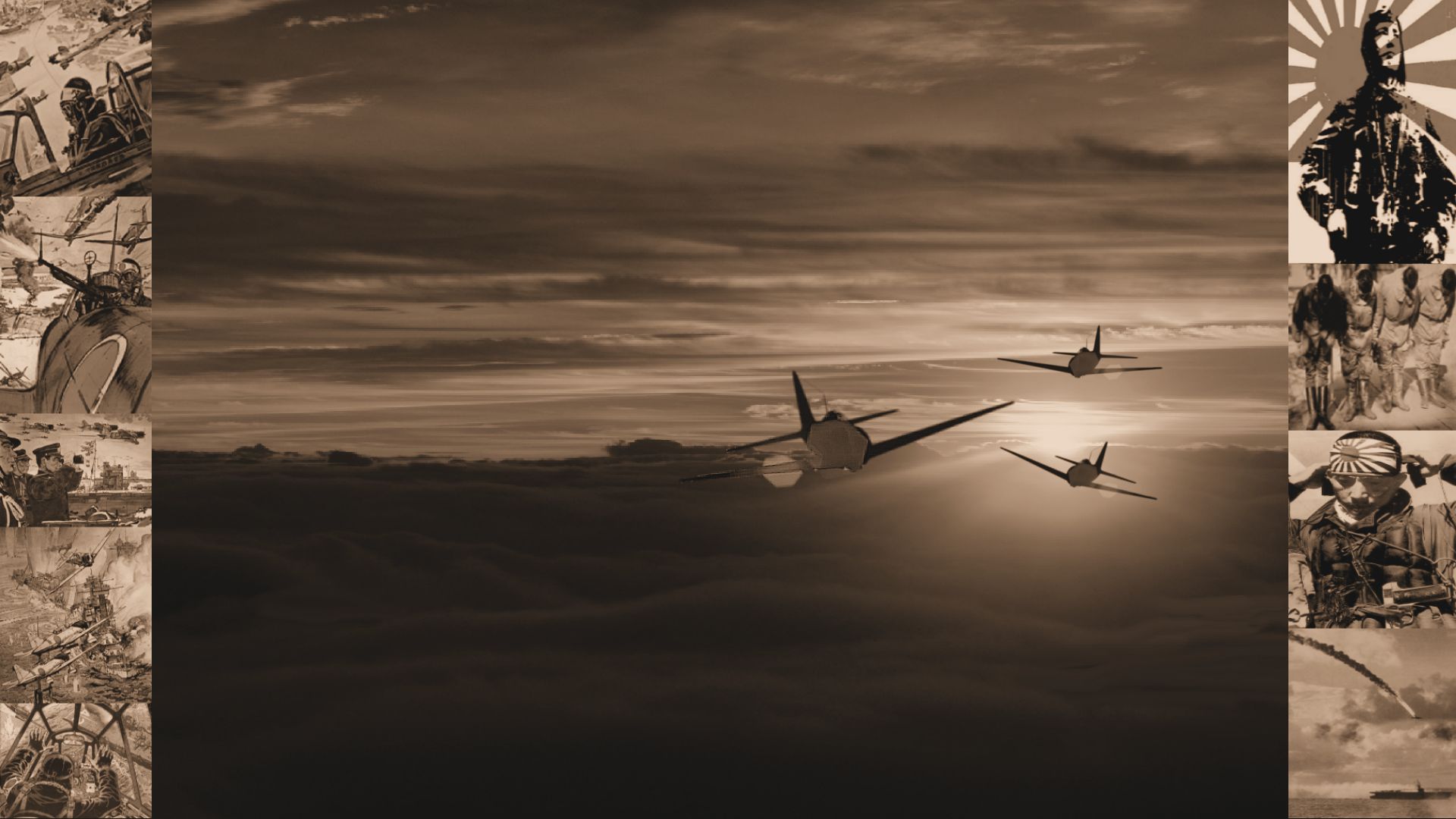

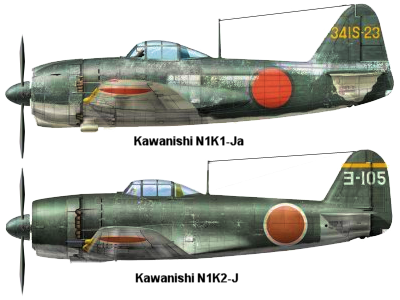

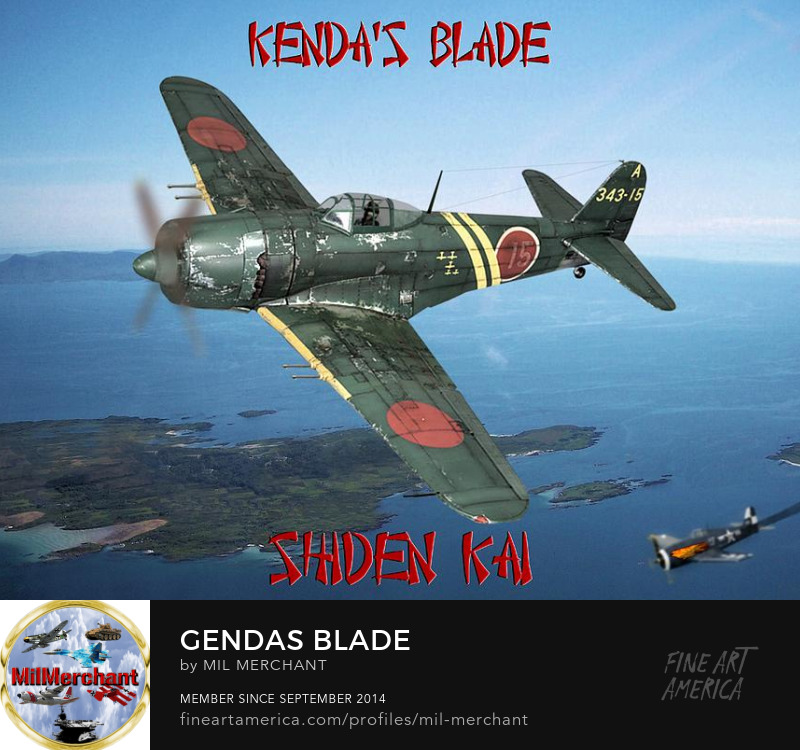

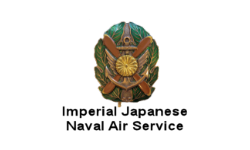
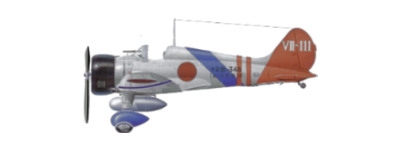 A5M
A5M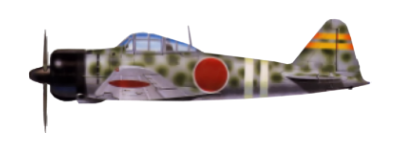 A6M Rei-sen
A6M Rei-sen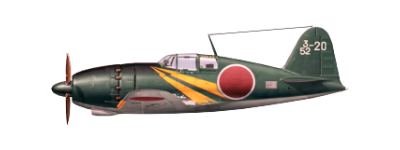 J2M Raiden
J2M Raiden D3A
D3A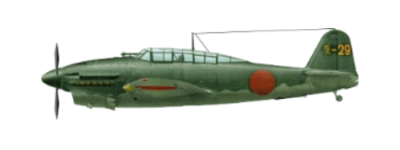 D4Y Suisei
D4Y Suisei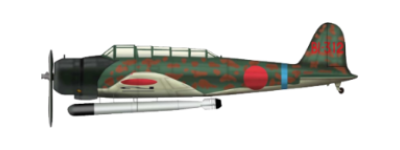 B5N
B5N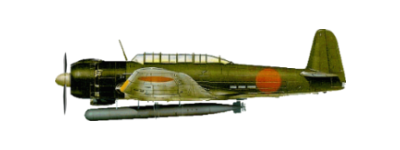 B6N Tenzan
B6N Tenzan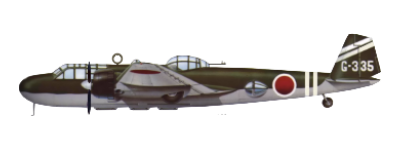 G3M
G3M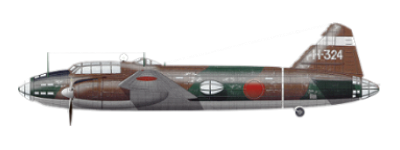 G4M
G4M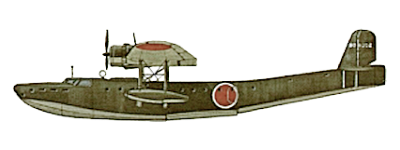 H6K
H6K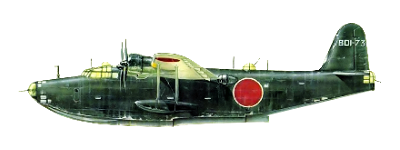 H8K
H8K


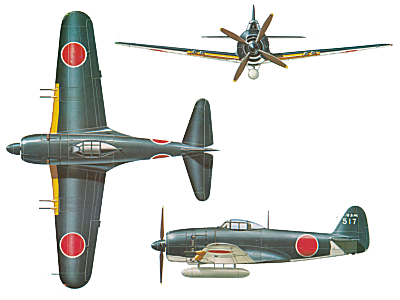
 Kawanishi N1K-J 'Shiden-Kai'
Kawanishi N1K-J 'Shiden-Kai'

